A Business Concept Proposal is a structured document that outlines the core idea of a business or project, its goals, target audience, and how it intends to solve a…
continue reading
3+ SAMPLE Graphic Design Client Proposal
What Is a Graphic Design Client Proposal?
Graphic designers utilize a graphic design proposal to promote their services to potential clients. It’s a formal proposal that outlines a freelance graphic designer’s or creative agency’s talents and how they will meet the needs of a potential client. Businesses use their services for a variety of reasons, including developing effective marketing and branding collateral, building brand identification, and updating the website design, among others. To prepare a sufficient graphic design proposal for a client, you will need to give this article a thorough read. There are available freelance proposal templates you can use and edit as much as you like.
Benefits of Graphic Design for Businesses
Before you proceed with writing the document though, your client may need further persuasion to trust your skills in graphic design. This isn’t to say you aren’t qualified, rather, it’s more of reasons that they could benefit from acquiring your services. If they indeed require further convincing, use this curated list as an additional means to secure the deal.
Tips for Old and New Graphic Designers
If you have been in the industry for a long time, then you are already quite familiar with how designing is usually done. But no two clients are ever the same and so you will still be encountering new clients who are out of your usual practice. Even for beginners in the field, encountering tough clients could be a challenge. Not to worry though because this set of tips could help you out in your situation. It wouldn’t hurt to be reminded of them after all.
How to Write a Graphic Design Client Proposal
Now that you have gone over the benefits and tips that have surely helped you to know more about impressing your clients, you are ready to fill in the proposal. It may be tough to start from scratch especially if you are pressed for time, but not to worry because this article provides you with a graphic design freelance proposal example that you can use as a reference. Additionally, templates are available as well to save you time. Without further ado, go through the guide as you write your graphic design client proposal.
Step 1: Executive Summary
As for your first step, you will need to write an executive summary for the proposal. This section gives your clients the impression that you understand them and their graphic design needs. Write a brief description of your prospective client’s pain points, as well as what they will gain by using your services. Make sure it’s as sharp as possible. From the name itself, this section is concise and will only explain the necessary information that they need to know. You can elaborate on other parts of the client proposal.
Step 2: About Your Company
For your clients to comprehend your business and services, this is one of the most significant aspects. It must be well-written and professional, with information about your distinct brand included. Mention the company’s values, vision statement, mission statement, expertise, and competitive advantages. Client testimonials can also help to establish your brand’s trustworthiness. Finally, don’t forget to introduce your team members who help you gain new clients by creating professional designs. If you work alone or merely freelance, specify in this section as well. Make sure to clarify how that is not going to be a problem in the project.
Step 3: Project Services and Timeline
This section explains how your business provides high-quality services to clients. Mention the several advantages you provide your clients, such as quick turnaround times, low costs, and high-quality visuals. Also, describe the approach and procedure for delivering graphic design projects, including the discussion, the sketch, obtaining approval, providing frequent updates, and the final output. It is critical to present your client with a project timeline. Give your client a clear picture of every project action, milestone, and time commitment. This makes it easier for the client to maintain the timeline and track of the project.
Step 4: List Your Pricing
Your efforts and time won’t go to waste, as you will indeed be asking for a fee from the client employing your services. Make a pricing list and sheet for each service. A detailed pricing breakdown aids the client in comprehending the project’s cost. Don’t belittle your skills and ask for a price that is appropriate for your capabilities. Make sure that the amount you are asking for is at par with the quality of graphic design you are producing for the client. You can include this in the discussion phase so that you both can agree on the price they will be paying you.
Step 5: Terms and Conditions
This is one of the most important sections since it explains the laws of entering into a binding contract with the creative experts and the client. Specify the guidelines, restrictions, payment terms, warranties, special privileges, liabilities, termination, and any other important elements depending on your business needs to avoid future conflicts. This specifically includes terms on downpayment before continuing the project.
Step 6: Securing Signatures
This is the project proposal’s last section. Here, the client and the creative agency or graphic designers sign the project proposal and transform it into a formal agreement. Make sure that both parties understand the contents of the proposal and that no further changes will be made. Although it cannot be avoided, any changes and additions to the proposal will be made known to both parties as well.
FAQs
Who acquires graphic design services?
Graphic design services are required by any organization or corporation that needs content design, website redesign, logo design, marketing collateral design, or any other type of design. Graphic design is necessary for establishing a professional brand and maximizing your marketing efforts across all platforms. Your brand will stand out if your marketing collateral is consistent, and your customers and clients will quickly get familiar with what you have to offer.
How do you prepare a proposal for graphic design?
To establish a thorough marketing campaign for prospective or current clients, your proposal should fully clarify what an agency graphic design package covers. It should clearly state what role the graphic designer serves in addition to providing attractive visuals. Have all these ready as you write the graphic design project proposal.
What are the many kinds of graphic design jobs?
Graphic designers are visual problem solvers who utilize creative thinking and smart use of color, font, imagery, and spacing to solve difficult problems. Designers may work in agencies or a company’s marketing or creative department, working on a wide range of graphic design projects from concept to completion. You should keep in mind the various jobs there are in graphic design because each career may be more fitting for you than the rest.
As you have reached the end of this article, you are more than ready to begin writing the proposal for your client in graphic design. Be sure not to get carried away with the information and only include the relevant information needed. Furthermore, get that contract ready as both parties sign the deal. View the contract template if you need further assistance. Lastly, the freelance graphic design proposal template pdf is ready for your use as well.

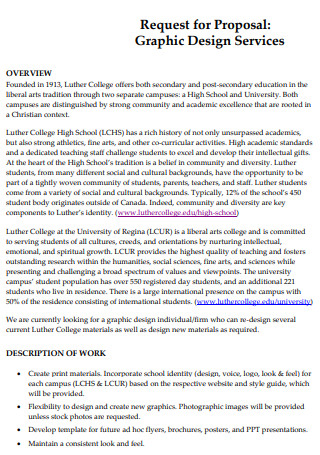
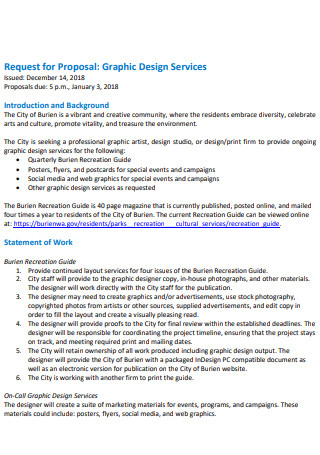
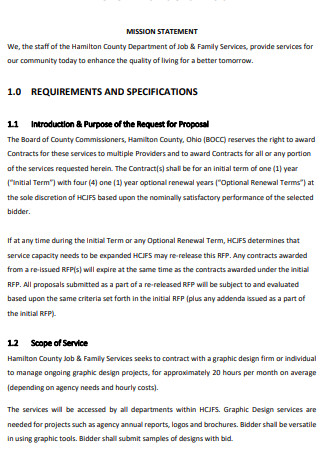
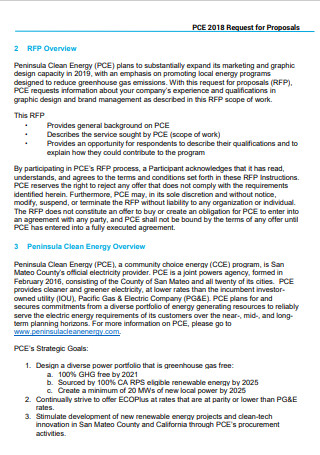
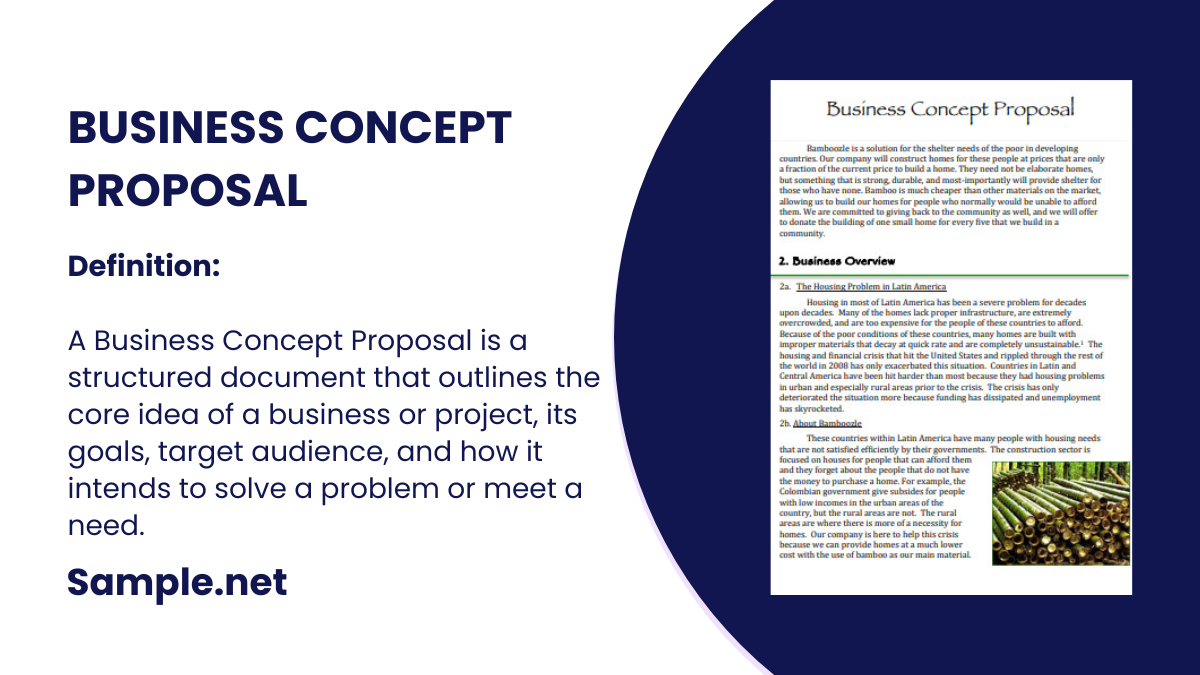
![25+ SAMPLE Marketing Budgets [ Business, Plan, Digital ] marketing budgets](https://images.sample.net/wp-content/uploads/2021/02/Marketing-Budgets.jpg)